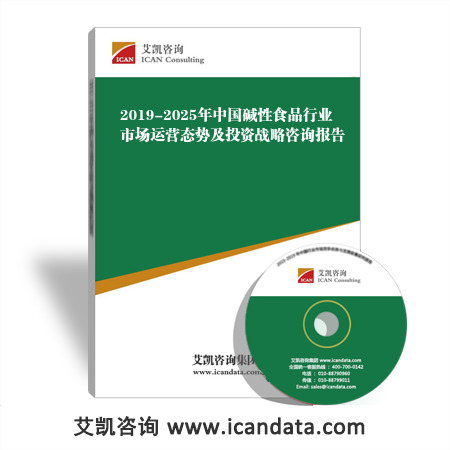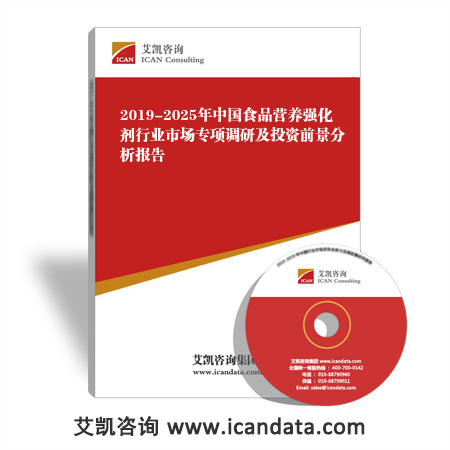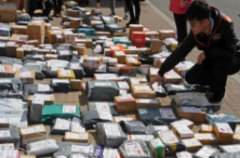数据来源与研究方法:
- 对行业内相关的专家、厂商、渠道商、业务(销售)人员及客户进行访谈,获取最新的一手市场资料;
- 艾凯咨询集团对长期监测采集的数据资料;
- 行业协会、国家统计局、海关总署、国家发改委、工商总局等政府部门和官方机构的数据与资料;
- 行业公开信息;
- 行业企业及上、下游企业的季报、年报和其它公开信息;
- 各类中英文期刊数据库、图书馆、科研院所、高等院校的文献资料;
- 行业资深专家公开发表的观点;
- 对行业的重要数据指标进行连续性对比,反映行业发展趋势;
- 通过专家咨询、小组讨论、桌面研究等方法对核心数据和观点进行反复论证。
报告简介:

摘要
The luxury apparel segment has grown globally at a pace of almost 15% a year since 2003, far outstripping the growth rate of more mainstream apparel sectors. This apparent contradiction of basic macroeconomics is due to changes in human behaviour, as well as a convergence of trends and tastes of many disparate cultures. As a result, the luxury apparel sector has adapted to this and proactively sets the trends for the rest of the industry.
There are many aspects to this dynamic market, such as the strong polarisations of new buyers in certain product types. Because of this, the report analyses several subdivisions of the market such as footwear and apparel; apparel is further subdivided into clothes, outerwear, formalwear, jeanswear, lingerie, and other types as needed to give the best possible view of the market's historical and extrapolated trends.
This third edition report provides a comprehensive analysis of the luxury apparel sector, including the latest, strengths and challenges of the market, a review of the major players and the global market landscape, and market values 2003-2014 by sector for the key regions.
Chapter coverage:
Executive summary
We provide an overview of the sector, including market definitions, the current state of the market, trends and new markets to watch and what this means for the future.
Chapter one - Main players
We have identified the major global luxury apparel players, based on parameters such as total yearly revenue, brand recognition, and number of global employees. Key company information and data is provided for Bulgari, Burberry, Calvin Klein, Chanel, Christian Dior Couture, Coach, Compagnie Financiere Richemont. Escada, Giorgio Armani, Gucci, Polo Ralph Lauren, Tiffany & Co and Versace.
Chapter two - The overall strength of the luxury apparel market
Luxury apparel, following the trend in globalised tastes, transcends national and cultural boundaries as well as social class. These products are true universal icons, with the largest players such as Versace or Gucci instantly identifiable - and coveted - by actual or aspiring jetsetters from Abu Dhabi to Zurich. This chapter looks at how the sector has evolved and the recipe for success.
Chapter three - Company case studies
In order to highlight the growth of the luxury market online and pinpoint successful strategies in the market segment, this chapter offers two in depth case studies that exemplify the journey that a luxury apparel brand takes from inception to global pre-eminence - LVMH Moët Hennessy Louis Vuitton SA and Polo Ralph Lauren. We also list the top 10 luxury brands by brand equity (US$bn).
Chapter four - How retail fits with brand strategies
Higher operational costs and overheads, such as shipping charges, as well as greater competition, are representing a real challenge for luxury apparel 'brick and mortar' retailers. This chapter looks at the challenges and issues faced by retailers in this sector, how the current state of the economy has affected the market and strategies for the push into online retail.
Chapter five - Challenges of selling luxury apparel
Luxury brands, in particular luxury apparel, encounter unique difficulties when selling. These are attributed to the medium used to attract potential customers, the current socio-economic climate, celebrity competition, and illegal activities, all of which are discussed in this chapter.
Chapter six - Market landscape
Globally, the luxury apparel market, which in this report's market data and analysis consists of men's, women's and children's accessories, clothing, jewellery, watches and leather goods, has been one of significant growth, and this trend is expected to continue well into the future. This chapter looks at luxury apparel market values by sector for the United States, European Union, and the emerging BRIC countries.
Chapter 7 - Conclusion
The report deconstructs this very dynamic industry by means of industry data and profiles of the apparel and footwear industry, as well as deconstructions of the marketing strategies of the five design houses, historical trends and extrapolations on the future of the market. This chapter concludes the reports findings.
目录及图表
Executive summary
Overview
Trends to watch
Horizontal brand licensing
Higher level of competition
The future
New markets to watch
Chapter 1 Main players
Bulgari
Burberry
Calvin Klein
Chanel
Christian Dior Couture
Coach
Compagnie Financiere Richemont
Escada Error! Bookmark not defined.
Giorgio Armani
Gucci
Polo Ralph Lauren
Tiffany & Co
Versace
Chapter 2 The overall strength of the luxury apparel market
Keeping the brand and eating it, too
Style is all
Chapter 3 Company case studies
LVMH Moët Hennessy Louis Vuitton SA
Selected brands and operations
Polo Ralph Lauren
Selected brand names & licenses
Chapter 4 How retail fits with brand strategies
Selling in online retail
Chapter 5 Challenges of selling luxury apparel
The selling medium
Knowing the target audience and demographics
One fit sizes all
Changing affordability
Counterfeiting
Eco-consciousness among the affluent
Chapter 6 Market landscape
United States
Japan
Europe
Emerging markets
Brazil
Russia
India
China
Chapter 7 Conclusion
List of Tables
Table 1: Bulgari company data (US$m)
Table 2: Burberry company data (US$m)
Table 3: Calvin Klein company data (US$m)
Table 4: Chanel company data (US$m)
Table 5: Christian Dior company data (US$m)
Table 6: Coach company data (US$m)
Table 7: CFR company data (US$m)
Table 8: Escada company data (US$m)
Table 9: Armani company data (US$m)
Table 10: Gucci company data (US$m)
Table 11: Polo Ralph Lauren company data (US$m)
Table 12: Tiffany & Co. company data (US$m)
Table 13: Versace company data (US$m)
Table 14: Top ten luxury brands by brand equity, 2007 (US$bn)
Table 15: LVMH no. of stores (2007), sales by region (2007), sales by sector (2006)
Table 16: Polo Ralph Lauren sales by region, locations by region, sales by division (2008)
Table 17: Luxury apparel market value by sector, United States, 2003-2014 (US$bn)
Table 18: Luxury apparel market value by sector, Japan, 2003-2014 (US$bn)
Table 19: Luxury apparel market value by sector, European Union, 2003-2014 (US$bn)
奢侈服装
















